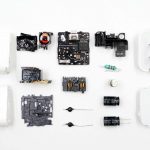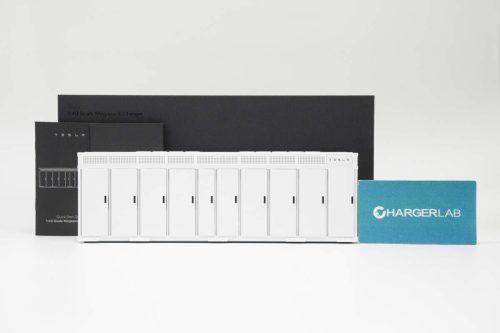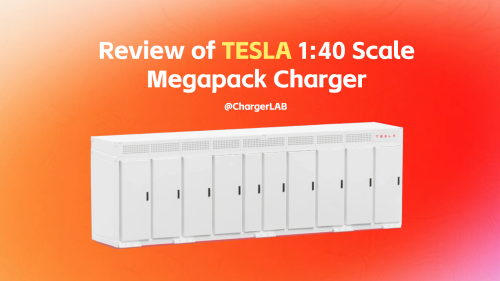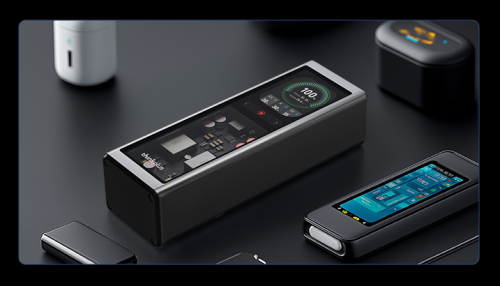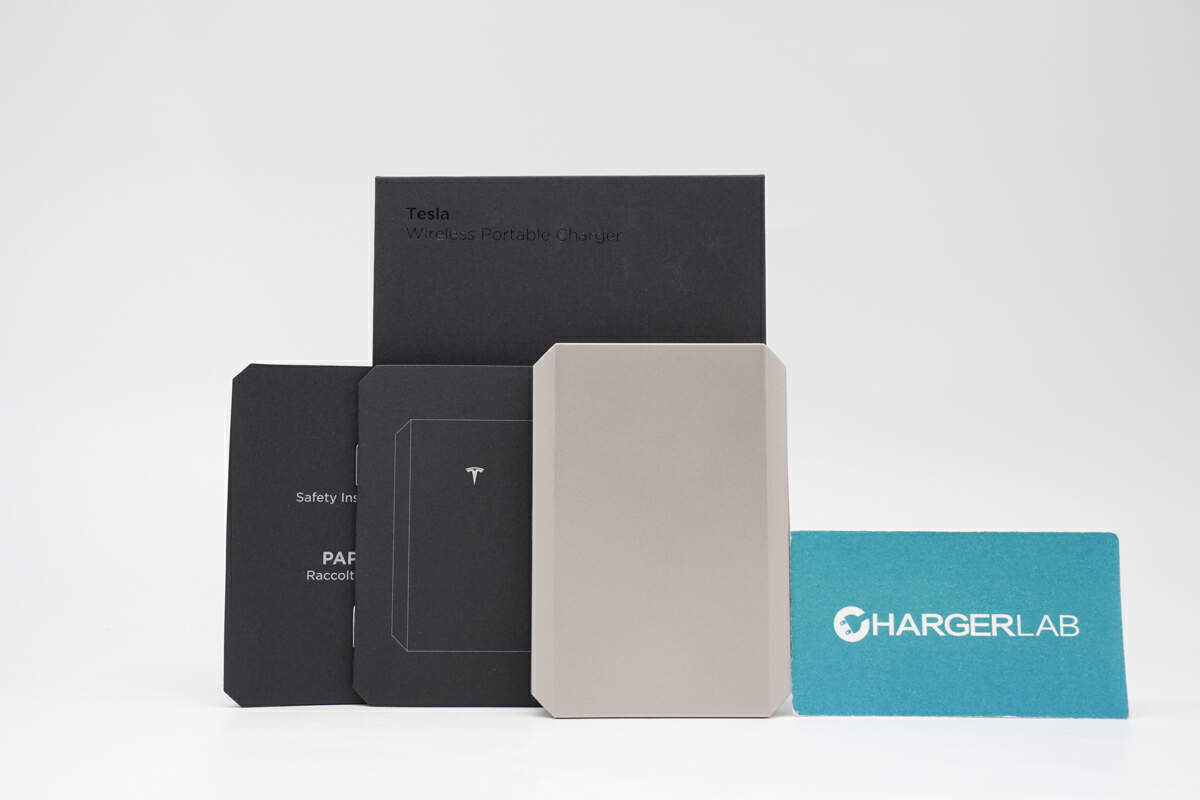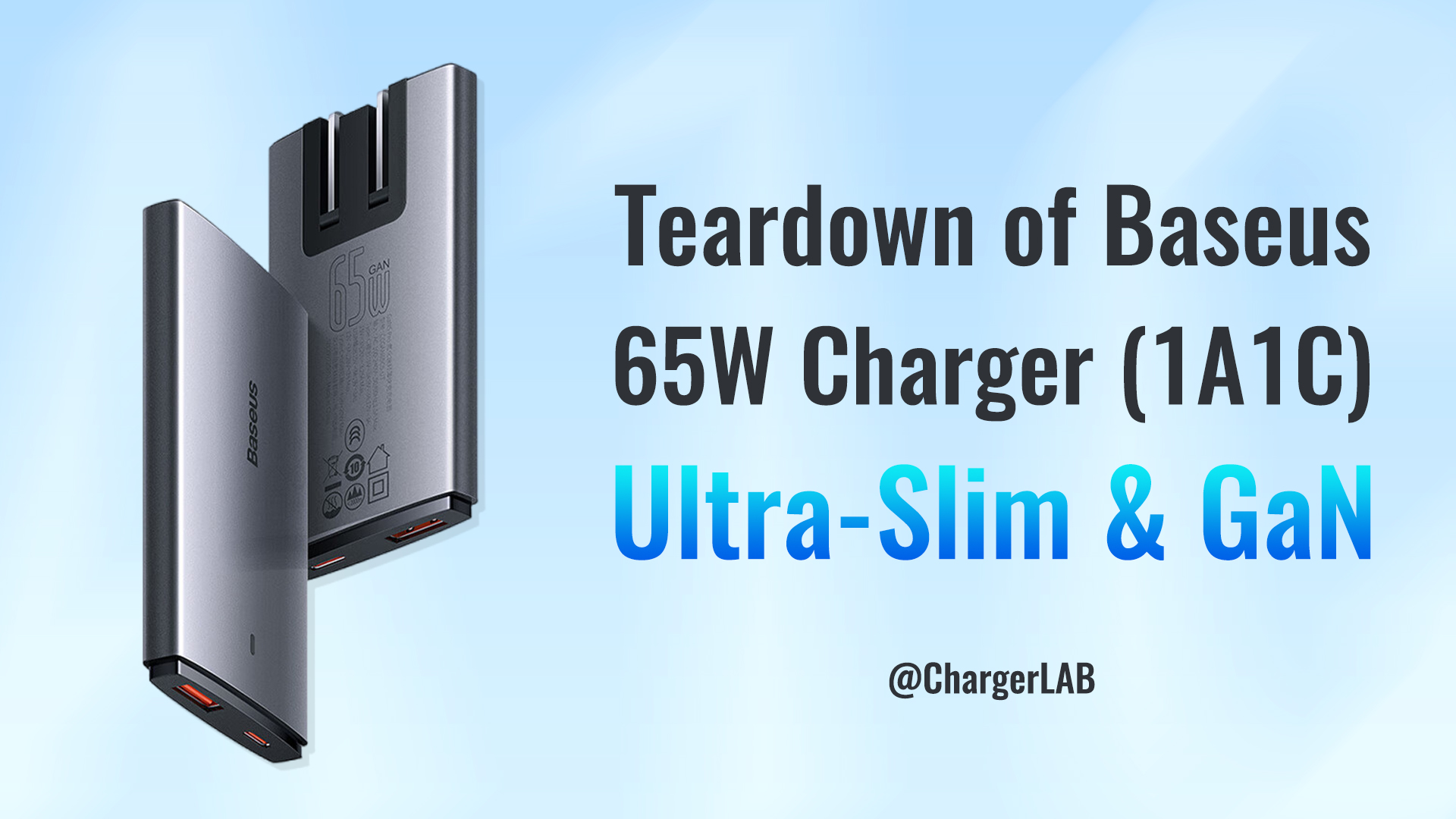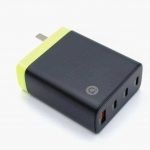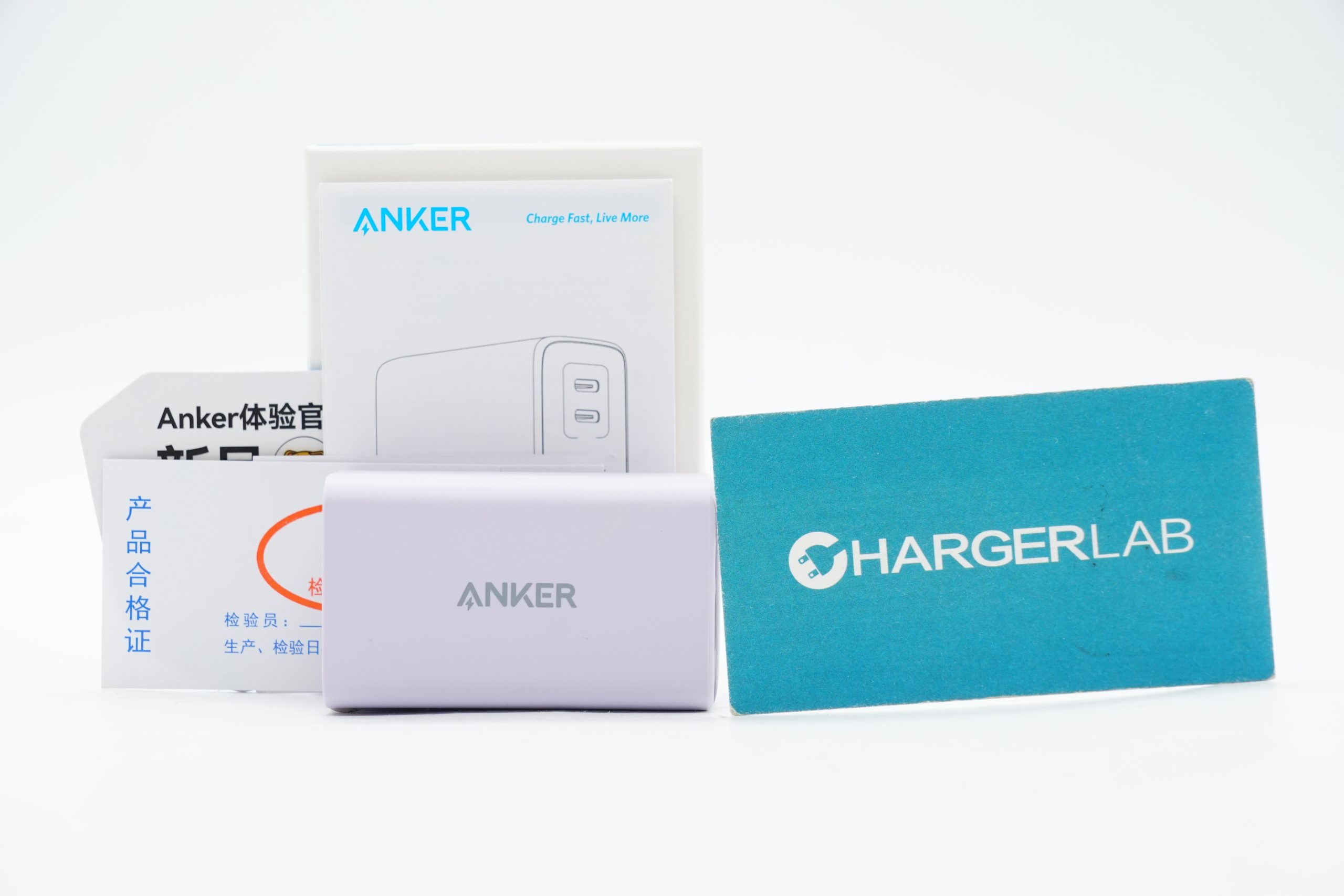Apple's 2018 iPad Pro came with a USB-C 18W charger in the box, and you can purchase one separately for $29 to fast charging your iPhone 8 or later. This very charger is rumored to be bundled with the 2019 iPhones to popularize fast charging for iPhones (finally!). Our sibling site chongdiantou.com did an in-depth teardown review back in last November. Enjoy.
I Design

The Apple 18W charger is made of white polycarbonate with a glossy finish. Its prongs are unfoldable.

Compared to the Apple 30W PD charger.

The Apple USB PD charger family.

Diemensions: 42.5mm*41.5mm*27.2mm (1.7*1.6*1.1in). Weight: 61g (2.15oz)

Specifications. Input: 100-240V 50/60Hz 0.5A. Output: 5V/3A、9V/2A. Made by Yada Electronics Co., Ltd. SN: C3D8423C73YH1P9AR.

Our ChargerLAB POWER-Z FL001S USB tester shows the SN number: C3D8423C73YH1P9AR.

The SN number also shows in system info.
II Test

Using our ChargerLAB Power-Z FL001S USB tester, it shows that the charger only supports USB PD protocol. No Apple 2.4A, QC2.0, QC3.0, FCP, or SCP support.

PDO information reveals it is capable of USB PD charging in 5V/3A and 9V/2A, 18W max.

Charging the iPhone XS Max (battery level 6%), we are getting 9.1V 1.91A 17.45W, under USB PD fast charging protocol.

Charging the iPhone XS (battery level 5%), we are getting 9.1V 1.41A 12.89W, under USB PD fast charging protocol.

Charging the iPhone XR (battery level 45%), we are getting 9.08V 1.79A 16.33W, under USB PD fast charging protocol.

Charging the iPhone X (battery level 16%), we are getting 9.1V 1.54A 14.03W, under USB PD fast charging protocol.
III Teardown

The casing is so thick and tight that we have to rip it off using the cutter.

The end of the AC pin is cylindrical, and there is a plastic column between the two metal posts for positioning.

The front view of the PCB. It can be seen that the components are very tightly laid out, and there is glue to assist the heat dissipation. Some components are fixed by glue. There is a code "Sumida" on the transformer.

Taking a at the side, the components on the entire PCB module are positioned using a plastic structure. The two sockets on the right side are the power inlets of the entire PCB module. After the product is assembled, the end of the AC pin will stuck in the vacant position to ensure a reliable contact. On the left side is a common mode inductor and the input terminal electrolytic capacitor.

Close-up of the input electrolytic capacitor which is fixed by glue.

A chip fuse is hidden under the inductor coil, and an inductor is hidden under the capacitor. At this angle, it can be seen that the copper pin for taking electricity is very thick and has a good contact for low resistance.

Looking from another angle, one side is a transformer and the output uses multi-layer insulated wire. On the other side is the internal tongue of the USB-C interface. Unlike the common USB-C port, the charger's USB-C inner tongue is separate from the housing, only after being assembled into a complete product. Next to the USB-C port is a solid capacitor for output filtering, sticked with insulating tape.

On the back of the PCB module is a plastic plate, which holds its position very close to the PCBA to ensure insulation and support.

The PCB is very thin and the plastic plate fits very tightly with the PCB.

Remove the plastic plate.

The back view of the PCBA. It adopts black oil process and components are filled with glue.

In the upper right corner is the fast charge protocol chip, responsible for USB PD communication, from Cypress, model CYPD313, which is a custom model for Apple, with SN code burnt in.

Next to the protocol chip is the output MOS tube, model AON7428, with small conduction resistance, reducing output heat.

Detailed specification of the AOSMD AON7428.

Rubycon electrolytic capacitor, 400V 15uF, premium Japanese capacitor. The capacitor is fixed by glue within the plastic skeleton.

Code on the outer casing of the common mode inductor.

Remove the inductor coil module.

Remove the socket module.

Close-up of the green inductor.

A solid capacitor at the output, from Nippon Chemical, 16V 560uF.

Remove the solid capacitor.

Remove the transformer module.

The other Rubycon electrolytic capacitor on the PCBA, same specs, in parallel.

Remove the plastic skeleton and two Y capacitors.

Two Y capacitors with the same specifications.

Since the PCBA clear with only USB-C port left, let's take a closer look at the specifications of each patch component.

SC1263K6 power controller chip from PI, it has built-in controller, switch tube, secondary synchronous rectifier controller, which is a custom model with high integration.

The output adopts synchronous rectification, using the Infineon BSZ096N10LS5, withstand voltage of 100V, 9.6mΩ, and works with PI chip for synchronous rectification control output.

Detailed specification of the Infineon BSZ096N10LS5.

C03 8E BG lettering.

The main body of the USB-C port is made of plastic, which has a metal casing for reinforcement. The metal shell is soldered to the PCBA to ensure better reliability.

The metal casings are fixed by solder joints with precision manufacturing.

LTS83852G40KKN2AT lettering on the metal casing.

All the components.
IV Conclusion
It can be seen from our in-depth teardown that the Apple 18W charger continues the high quality of the Apple product line, with high quality components and thoughtful design. The use of Japanese capacitors ensures reliability and longevity. Custom PI and Cypress chips deliver high performance and high efficiency.
The adoption of the USB-C port on the 2018 iPad Pro marks the maturity of USB-C port. We believe that in the near future, iPhones will finally embrace the USB-C port and bring us a better user experience.
Pros:
Beautiful inside and out.
Premium Japanese capacitors.
18W fast charging for iPhone 8 or later.
Cons:
Expensive ($29).
Only supports USB PD protocol.
Make sure it says "ships from and sold by Amazon.com" to avoid counterfeits
Note: ChargerLAB is reader-supported. Our editors independently research, test, and recommend the best products. We may earn commissions on purchases made from links on our site.
Source: chongdiantou

